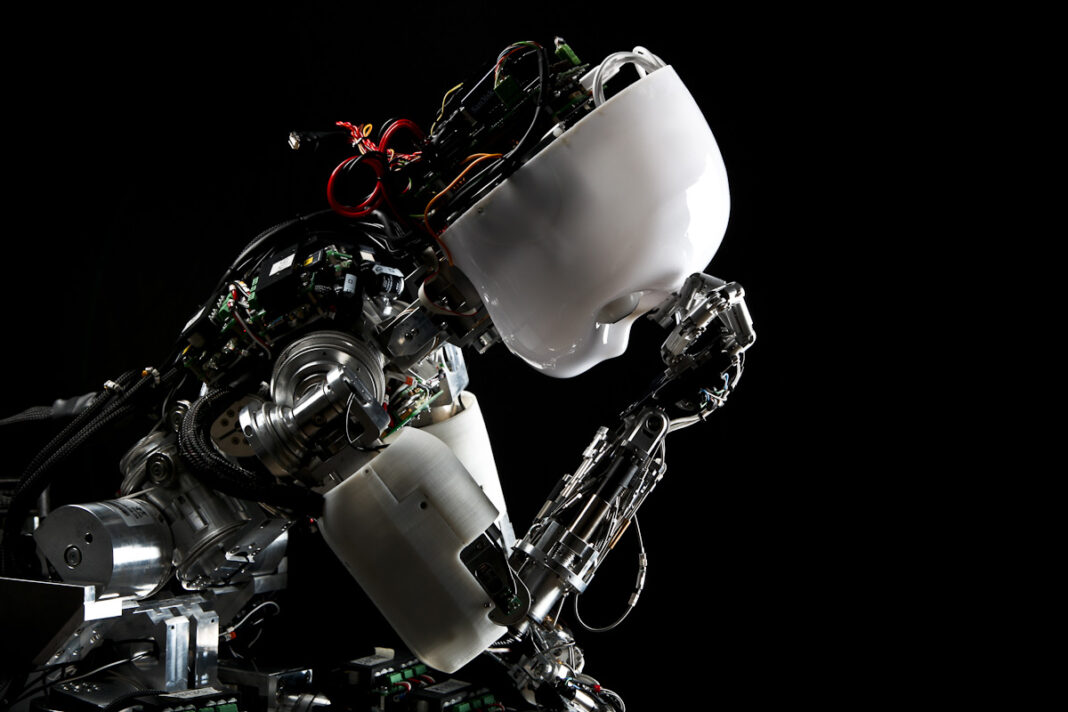Researchers have developed a computer program that can control a robot using electrical signals emitted by a patient’s brain. No voice control or touch function is needed; patients can move the robot simply with their thoughts. The study has been published in Communications Biology. To develop their system, the researchers started with a robotic arm that had been developed several years ago. This arm can move back and forth from right to left, reposition objects in front of it and get around objects in its path. “In our study we programmed a robot to avoid obstacles, but we could have selected any other kind of task, like filling a glass of water or pushing or pulling an object,” says professor Aude Billard, the head of Ecole Polytechnique Federale de Lausanne’s (EPFL) Learning Algorithms and Systems Laboratory. The engineers began by improving the robot’s mechanism for avoiding obstacles so that it would be more precise. “At first, the robot would choose a path that was too wide for some obstacles, taking it too far away, and not wide enough for others, keeping it too close,” says Carolina Gaspar Pinto Ramos Correia, a PhD student at Billard’s lab. “Since the goal of our robot was to help paralyzed patients, we had to find a way for users to be able to communicate with it that didn’t require speaking or moving.” This entailed developing an algorithm that could adjust the robot’s movements based only on a patient’s thoughts. The algorithm was connected to a headcap equipped with electrodes for running electroencephalogram (EEG) scans of a patient’s brain activity. To use the system, all the patient needs to do is look at the robot. If the robot makes an incorrect move, the patient’s brain will emit an “error message” through a clearly identifiable signal, as if the patient is saying “No, not like that.” The robot will then understand that what it’s doing is wrong – but, at first, it won’t know exactly why. For instance, did it get too close to, or too far away from, the object? To help the robot find the right answer, the error message is fed into the algorithm, which uses an inverse reinforcement learning approach to work out what the patient wants and what actions the robot needs to take. This is done through a trial-and-error process in which the robot tries different movements to see which one is correct. The process goes quickly – three to five attempts are usually needed for the robot to figure out the right response and execute the patient’s wishes. “Developing the detection technology for error signals was one of the biggest technical challenges we faced.” Iason Batzianoulis, the study’s lead author, adds: “What was particularly difficult in our study was linking a patient’s brain activity to the robot’s control system – or, in other words, ‘translating’ a patient’s brain signals into actions performed by the robot. We did that by using machine learning to link a given brain signal to a specific task. Then we associated the tasks with individual robot controls so that the robot does what the patient has in mind.”
https://techxplore.com/news/2021-12-mind-controlled-robots-closer.html


